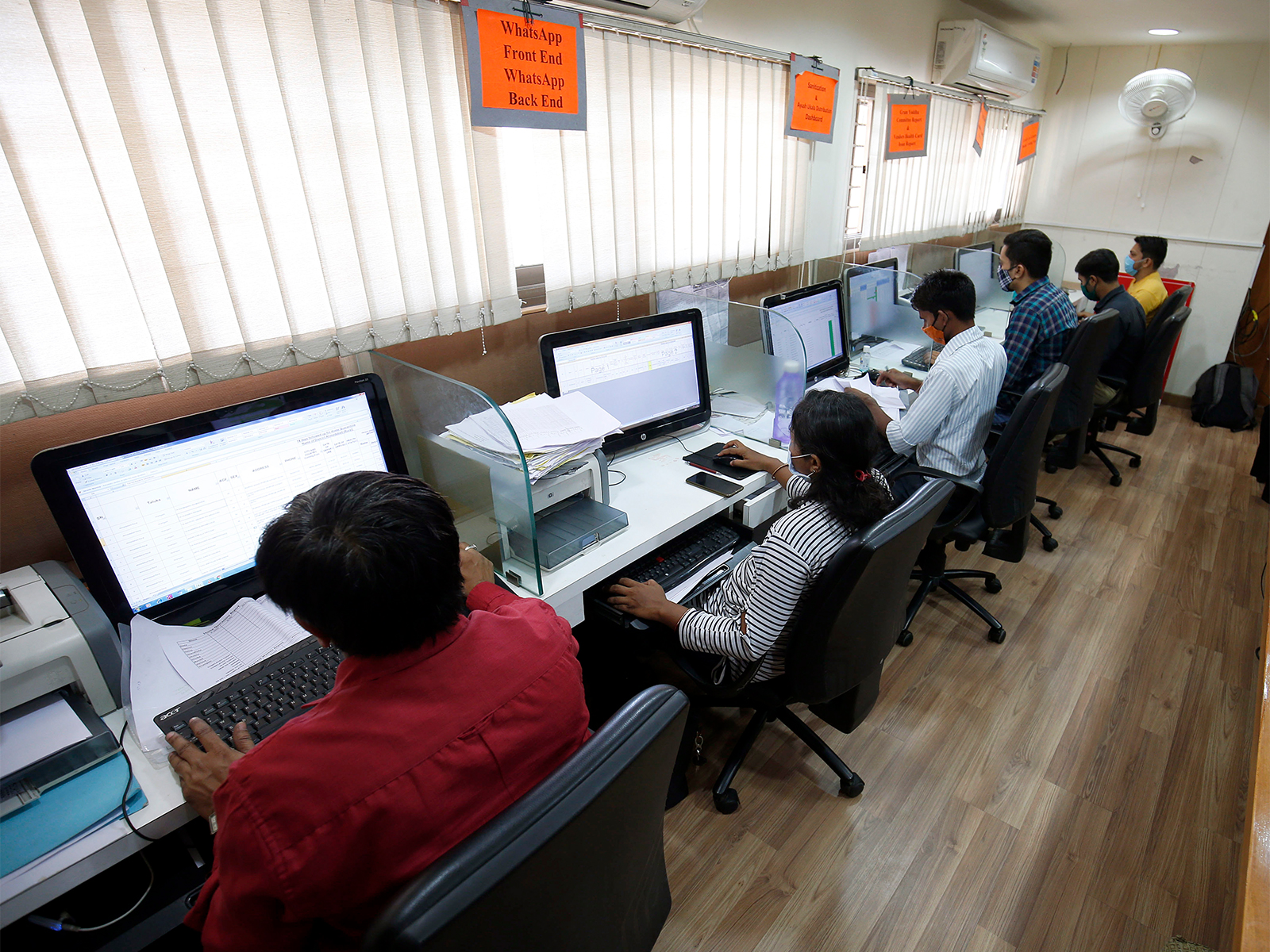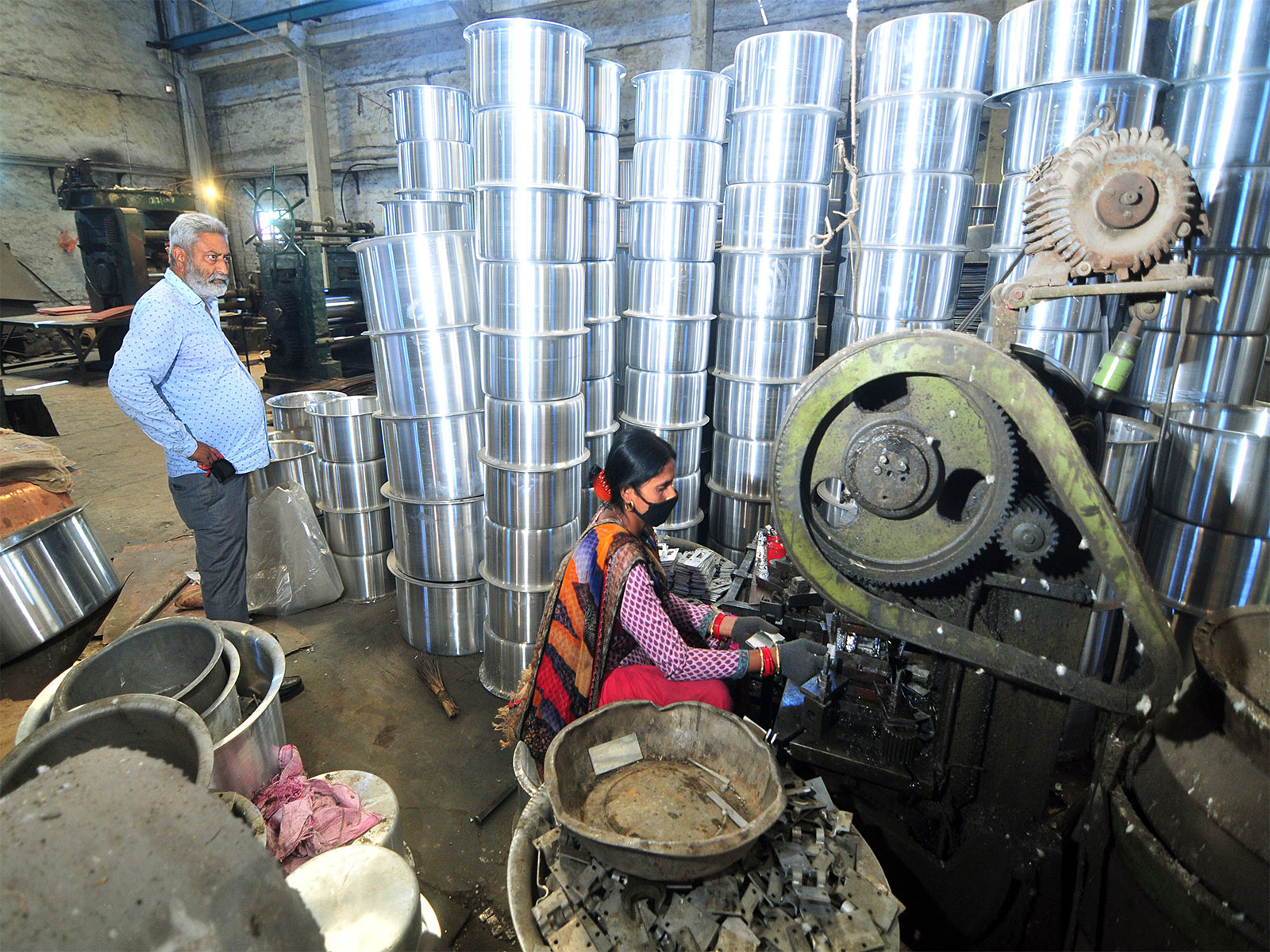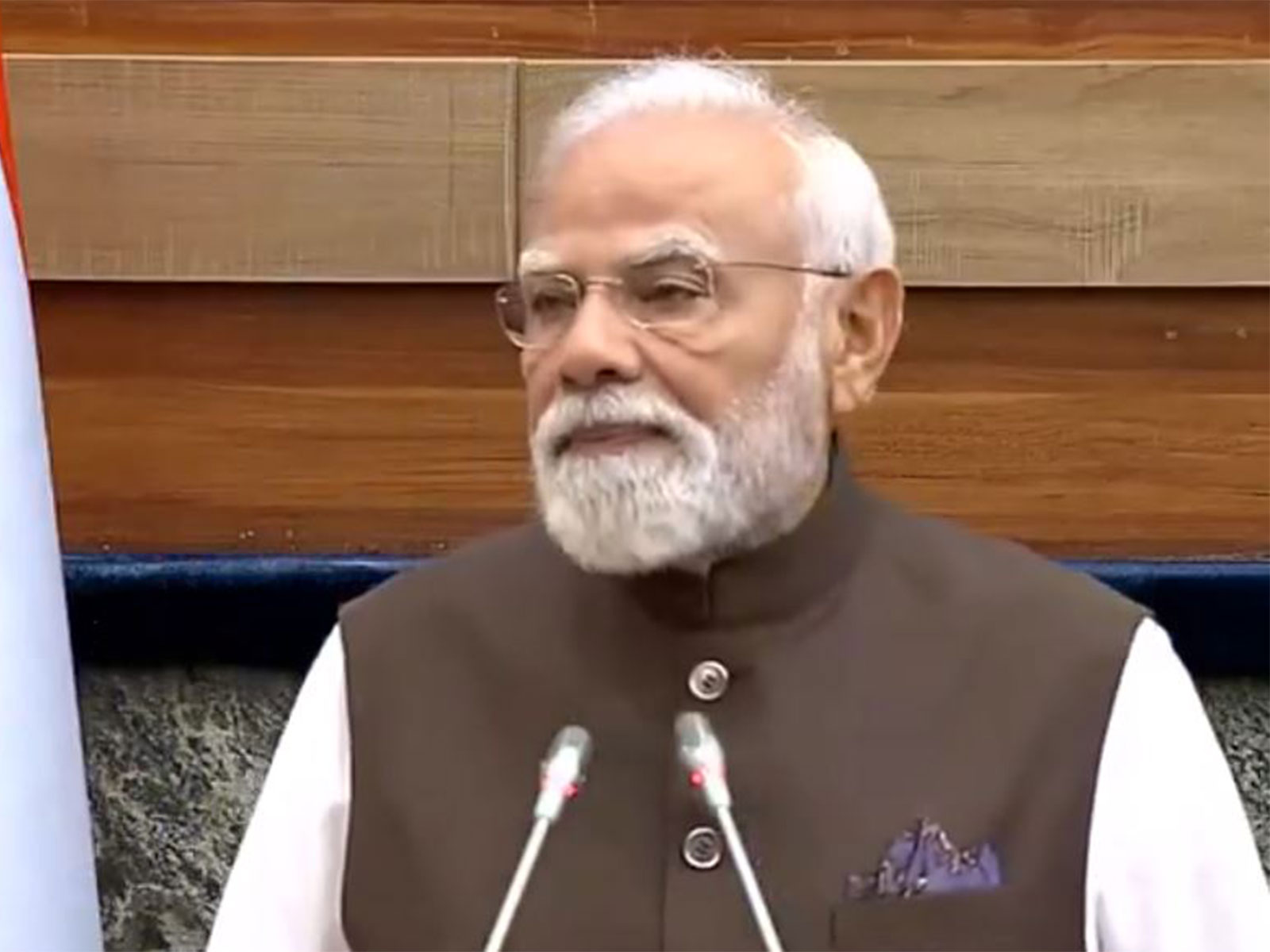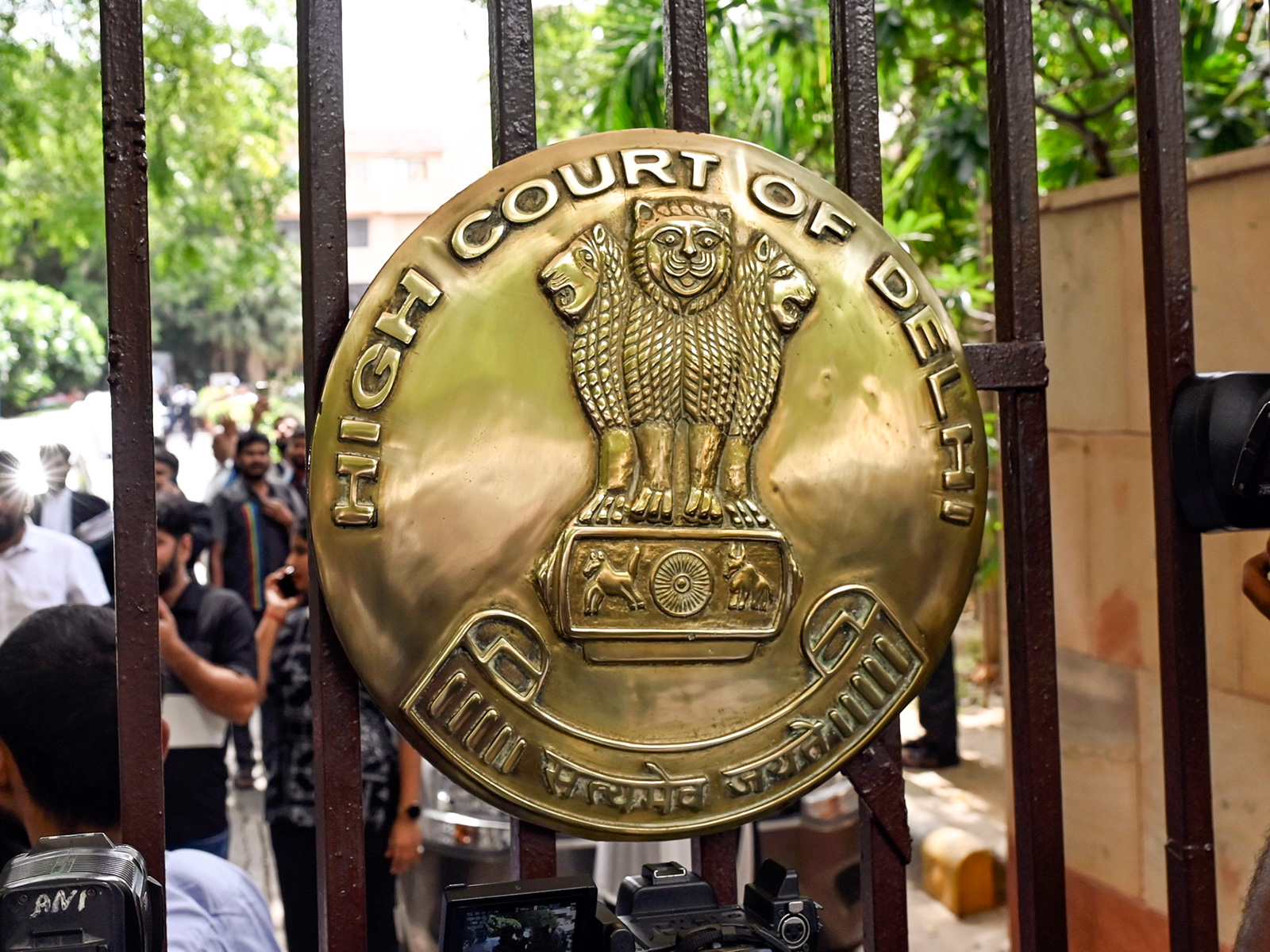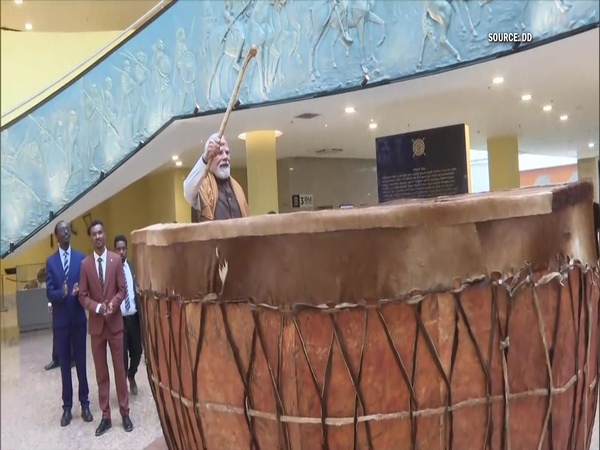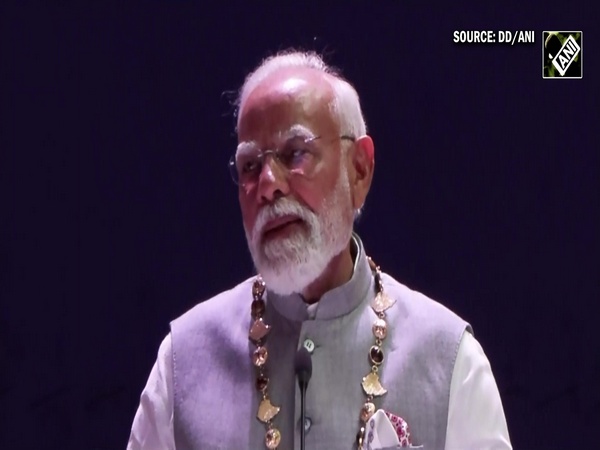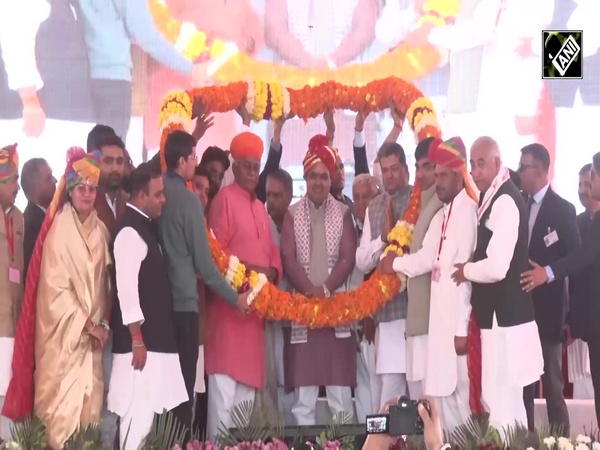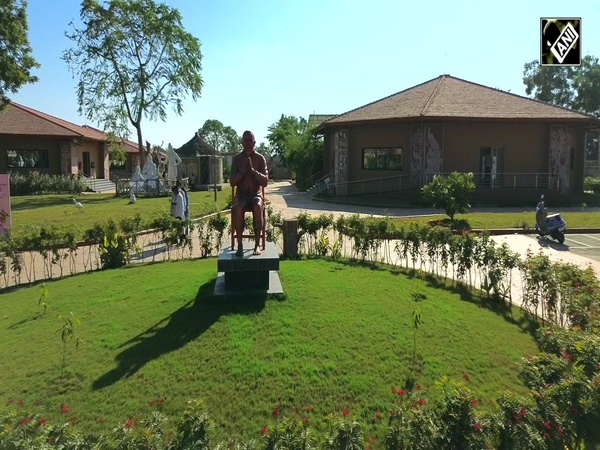Home loan portfolio of banks and NBFCs remains strong, amid rising rates: Report
Nov 28, 2022

New Delhi [India], November 28 : Even with rising interest rates, Indian lenders can expect to keep the quality of their home loan books, as the nation's housing market remains in an upcycle, a report said.
Most property purchases in India include a loan, typically from a bank or a non-banking financial company, or NBFC. Bank loans to residential real estate rose 16 per cent year over year to Rs 18.058 lakh crore as of September 30, according to data released October 31 by the Reserve Bank of India, or RBI.
NBFCs, where mortgages are spread across a range of lenders from dedicated housing finance companies to consumer finance firms, saw loans a rise of 18.8 per cent to Rs 3.03 lakh crore, the S and P Global Market Intelligence said in a statement on Sunday.
"We expect asset quality to remain broadly steady in the home loan segment," Krishnan Sitaraman, senior director and deputy chief ratings officer at CRISIL, told S and P Global Market Intelligence. "Historically, asset quality on home loans for banks and NBFCs has not weakened too much." The gross non-performing loan ratio in the banks' home loan portfolios stood at 1.7 per cent as of March 2022, and has generally stayed below 2 per cent, Sitaraman noted.
Home sales in the six months to June rose 60 per cent year over year to 158,705 units, according to data from Knight Frank Research. Sales in the first half of the year "have convincingly broken through and reached the highest level since the first half of 2013," the real estate consulting company's research unit reported in July.
However, since all players compete for the same customers, NBFCs have been ceding market share to banks in recent years because of their relatively higher funding costs, the report of S and P Global Market Intelligence said. NBFCs had a market share of 38 per cent in the home loan segment in 2022, down from 42 per cent three years ago, according to a September 14 report from CRISIL.
The RBI has been raising rates, along with most global peers, to tamp inflationary pressures. According to the report of S and P, the central bank has raised its benchmark overnight lending rate by a total of 190 basis points since May. With inflation easing in recent months, economists expect further rate hikes to be less steep. Still, the elevated rates have translated to higher monthly payments for most borrowers.
"I don't think interest rate hikes will have a material impact on growth for housing. A house purchase unlike other products is planned after a lot of due diligence within the family," said Renu Sud Karnad, managing director at Housing Development Finance Corp, or HDFC, the biggest housing NBFC in the country by assets. Housing loans typically carry a floating interest rate, and unlike a car or a consumer durable loan, they are long-term, usually lasting 12 to 15 years, Karnad said, adding that interest rates have relatively less impact on borrowers' cash flows.
However, home prices in India have continued to rise. RBI's House Price Index, a weighted average of 10 city indexes, grew to 290.6 in the January-to-March quarter of 2022 from 285.5 a year ago. Housing prices across the top eight cities, including Delhi and Kolkata, rose 6 per cent year over year in the July to September quarter, according to a November 16 joint report from the Confederation of Real Estate Developers' Associations of India, Colliers India and Liases Foras.
The Delhi-National Capital Region saw the highest increase in residential prices at 14 per cent year over year, followed by Kolkata and Ahmedabad, with 12 per cent and 11 per cent increases, respectively, according to the report.
"Home loans reached decadal historic lows during the pandemic, helping to kick-start a demand avalanche that hasn't slowed down even as home loan interest rates have begun creeping up," said Anuj Puri, Chairman of Anarock Group, an independent real estate services company.
"The demand is not temporary investor sentiment generated by promises of returns on investment -- it is genuine end-user demand driven by the Indian's hard-coded predilection towards homeownership," Puri said in comments emailed to Market Intelligence.
Housing demand could falter if there is an oversupply based on developers' exaggerated demand perception or excessive speculative interest in housing, Puri said. However, "all are extremely unlikely, given learnings from the past, the new highly regulated market environment and India's continuingly conservative banking system which does not support speculative activity," Puri added.
India's housing boom contrasts with several other markets, such as the US, China and Australia, where mortgage demand has been more sensitive to interest rates. For example, US mortgage rates are now reaching 7 per cent, up from 3.2 per cent a year ago, according to an October 5 report from Oxford Economics. Prices in each of these markets have declined.
Lenders such as HDFC, however, are confident that housing demand won't abate soon. The demand for housing is structural in India, given its demographics, rapid urbanisation and economic growth, said HDFC's Karnad. "I don't think we can even think about the saturation of the home loan market," the executive said.
HDFC requires the borrower to put in a reasonable amount of equity upfront while taking a loan. Its average loan-to-value at origination stood at 70 per cent as of June 30, which gives the lender a buffer, the S and P report said. The company's collection efficiency for individual loans on a cumulative basis was more than 99 per cent during the quarter ended June 30. The S and P report said HDFC's gross individual non-performing loans at June 30, were 0.75 per cent of the individual portfolio and total non-performing loans were 1.61 per cent of the loan portfolio.

